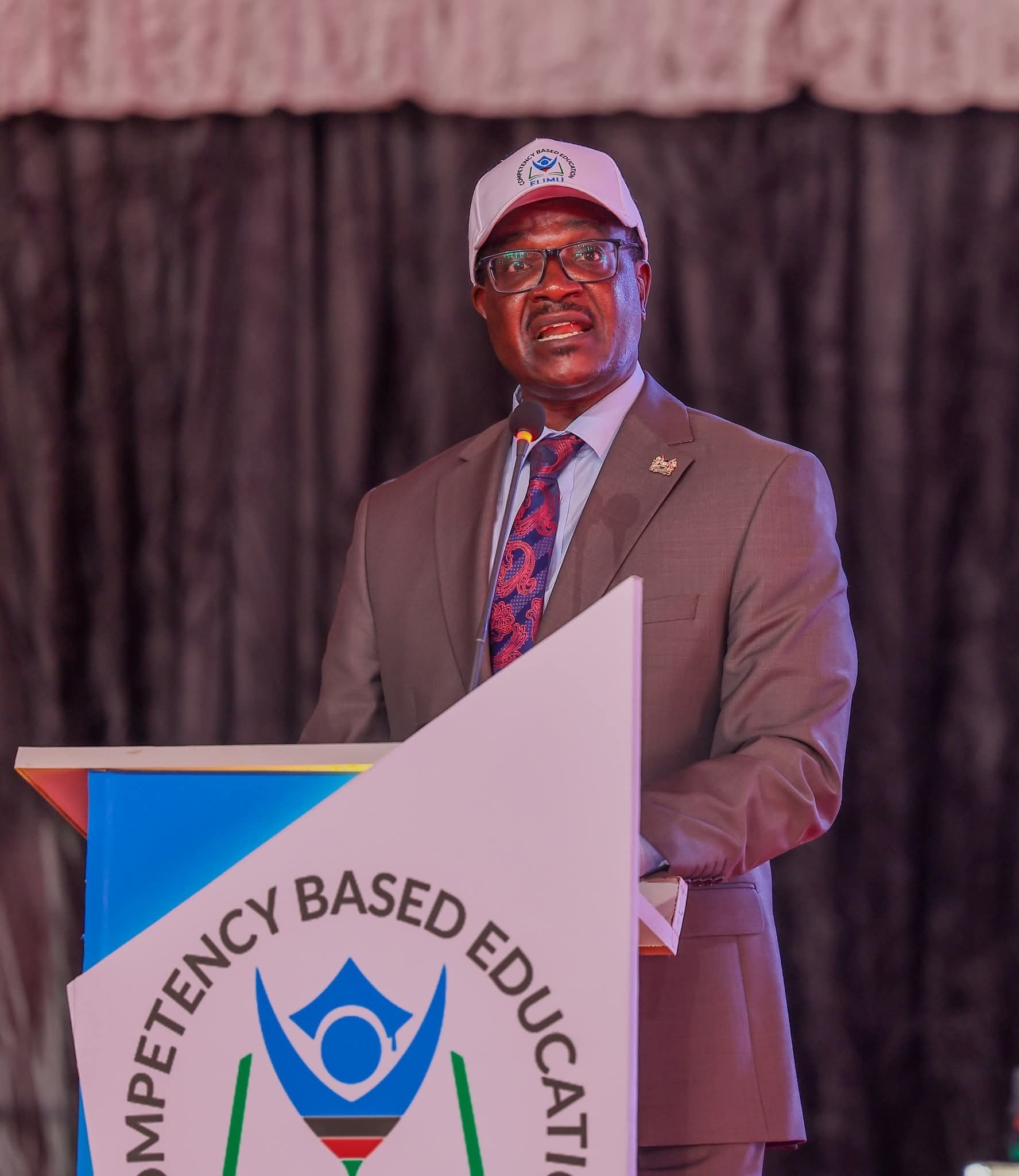Major Overhaul in Junior School Leadership: New Administration to be Led by Secondary School Teachers
The Kenyan education system is on the brink of substantial transformations with the implementation of new leadership frameworks for junior secondary schools, which encompass Grades 7, 8, and 9. The Ministry of Education has proclaimed that commencing next year, secondary school teachers will assume leadership roles in these institutions, marking a significant departure from the existing system, where primary school heads supervise both primary and junior secondary education. This initiative is part of the broader Competency-Based Curriculum (CBC) reform designed to elevate the quality of education and enhance management structures within schools nationally.
According to the Ministry’s most recent directives, each junior secondary school will be administered by a principal, supported by deputy principals and senior masters, with distinct roles aligned with various administrative and academic duties. This reform represents the delineation of responsibilities for primary and junior secondary education, allowing primary school heads to concentrate on Grades 1-6, while a newly established team of proficient secondary school administrators will assume leadership of junior secondary schools.
A pivotal aspect of this reform is the implementation of a Curriculum-Based Establishment (CBE), which will direct the administration of junior secondary schools. As outlined in the Ministry’s document, numerous guidelines have been established to ensure that the transition to the new leadership model occurs smoothly and effectively. The CBE delineates the management of staffing for junior secondary schools, ensuring that an appropriate number of teachers is available to manage the designated workload.
Workload for Teachers: Teachers in junior secondary schools will be required to manage a minimum of 27 lessons per week. This measure is intended to ensure that students receive quality instruction consistent with the CBC. Nevertheless, the maximum class size for any teacher will be limited to prevent excessive workloads.
Administrative Roles: In instances where two deputy principals are appointed at a school, one will oversee academic affairs, whereas the other will manage administrative and other non-academic responsibilities. The principal will maintain a teaching workload of 10 lessons per week, while the deputies and senior masters will undertake 12 lessons per week.
Establishment of Senior Positions: The establishment of deputy principals and senior masters will be contingent upon the school’s size and the number of streams it accommodates. Larger schools will necessitate additional administrative personnel to oversee daily operations and guarantee smooth functioning.
Boarding Facilities and House Teachers: Schools that provide boarding facilities will likewise include provisions for house teachers (Senior Masters) who will supervise the welfare and discipline of students within the boarding section. These house teachers will be assigned in accordance with the size of the boarding facility, with one teacher for every 270 students.
Lesson Allocation and Staffing: The Ministry has articulated a definitive framework for ascertaining the number of teachers necessary per learning area, ensuring that schools are sufficiently staffed based on the subjects offered and the weekly number of lessons conducted.
The Ministry has delineated a systematic process for ascertaining the number of teachers needed for each learning subject. The total number of lessons for each subject is determined by summing the lessons taught per grade across each subject. For example, the table included in the Ministry’s document illustrates the distribution for subjects such as English, Mathematics, Religious Education, and Social Studies. Each subject is designated a specific number of lessons per week, and the overall number of teachers required is computed based on the comprehensive number of lessons offered throughout the grades.
For instance, English is assigned 15 lessons across Grades 7, 8, and 9, and the total number of teachers needed for this subject is 0. 555. This figure is derived by dividing the total number of lessons by 27, which represents the standard number of lessons that a teacher is anticipated to manage weekly.
The cumulative number of teachers necessary for a school is determined by aggregating the number of teachers needed for each subject, ensuring that the school is adequately staffed to fulfill the educational requirements of the students. This process guarantees that schools are staffed efficiently and that teachers are not overwhelmed.
Implications of the New Administrative Changes
The transition to secondary school-led administration for junior secondary schools signifies a notable transformation in the Kenyan education system. The delineation of leadership between primary and junior secondary schools permits more specialized and focused management at both strata. By appointing seasoned secondary school teachers to oversee junior secondary schools, the Ministry seeks to elevate the standard of education and ensure that students receive optimal support as they transition from primary to secondary education.
One of the primary advantages of this new framework is the potential for enhanced school management. Secondary school principals, with their expertise in managing larger student populations and intricate curricula, are better prepared to address the challenges faced by junior secondary schools. Moreover, the introduction of deputy principals and senior masters will furnish essential support to the principals, enabling them to concentrate on both academic and administrative tasks.
This revised structure also fosters opportunities for career advancement for secondary school teachers. By creating leadership roles within junior secondary schools, the Ministry is establishing a clear pathway for teachers to progress in their careers and assume greater responsibilities.
The Role of Primary School Heads
While primary school heads will no longer oversee junior secondary schools, their function in managing Grades 1-6 remains vital. The emphasis on early childhood education and the foundational phases of learning is essential to the success of the CBC, and primary school heads will be instrumental in ensuring that students are adequately prepared for the transition to junior secondary school.
The Ministry’s determination to segregate the leadership of primary and junior secondary schools reflects the increasing complexity of the education system. By instituting distinct leadership structures for each level, the Ministry aspires to guarantee that both primary and junior secondary schools receive the necessary attention and resources to flourish.

